Mendel’s Law & Mendelian Genetics
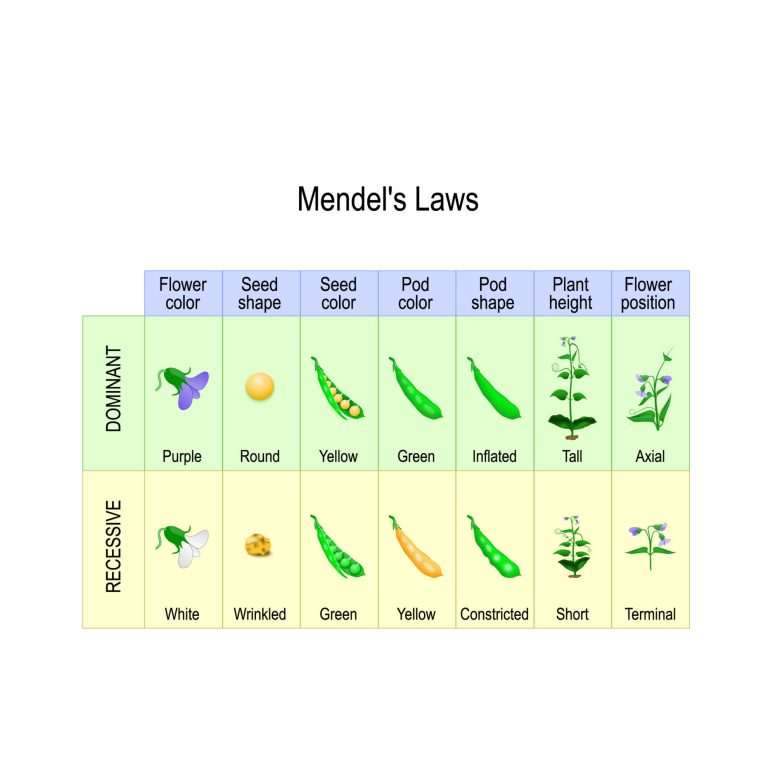
A chart depicting Mendel’s Law of Dominance
Table of Contents
Reviewed by: Mary Anne Clark, Ph.D.
The previous tutorial, Dominance, has described Gregor Mendel’s law of dominance. In this tutorial, you will learn another Mendel’s law — the principle of segregation.
Mendel’s Law of Segregation
“The alleles of a gene exist in pairs but when gametes are formed, the members of each pair pass into different gametes. Thus each gamete contains only one allele of each gene.”
Example of a Cross
The following dihybrid cross involves two true-breeding pea plants, where two factors are looked at, the shape of the seed and the color of the seed.
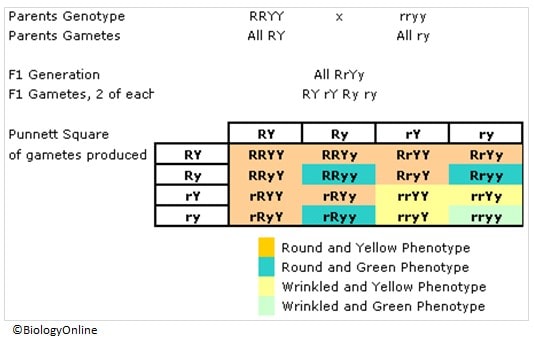
More examples of dihybrid cross here.
Summary of Mendelian Genetics
The past few pages have elaborated on the work of Gregor Mendel and how his work has paved the way for predicting the characteristics of offspring. However, a degree of randomness is involved, when involving factors such as independent assortment during meiosis and the possibility of genetic mutations (explained in further pages).
In light of this, Mendel’s work allowed us to see that there is a degree of genetic inheritance from parents in offspring though modern biology indicates that more factors come into play to determine the final genotype and phenotype of an organism.
Sticking to the subject of genetics, the next tutorial looks at sex determination via chromosomes X and Y and some of the genetic traits inherited via these two chromosomes.

|
MENDEL’S PRINCIPLES OF HEREDITY – QUIZ
Print this quiz for your students to answer. The first part is a recall of Gregor Mendel’s principles of heredity. The second part is a multiple-choice test about alleles and sex chromosomes. Subjects: Genetics & Evolution |
You will also like...
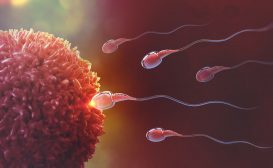
Human Reproduction and Fertilization
For human species to obviate extinction, reproductive mature adults should be producing viable offspring in order to con..
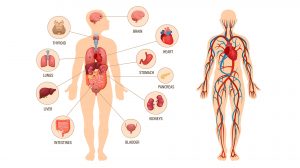
The Human Physiology
Physiology is the study of how living organisms function. Thus, human physiology deals specifically with the physiologic..

Ecology & Biodiversity: New Zealand Flora & Fauna
New Zealand is known for its unique biodiversity, caused by its remarkable geography and geologic history. Breaking away..

Animal Water Regulation
Animals adapt to their environment in aspects of anatomy, physiology, and behavior. This tutorial will help you understa..
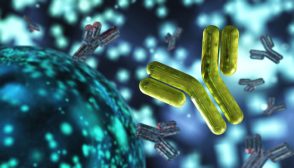
Passive and Active Types of Immunity
Lymphocytes are a type of white blood cell capable of producing a specific immune response to unique antigens. In thi..

The Hominids
The hominid family diversified from the apes around 6 to 8 million years ago. Since then, the evolutionary path has prov..
